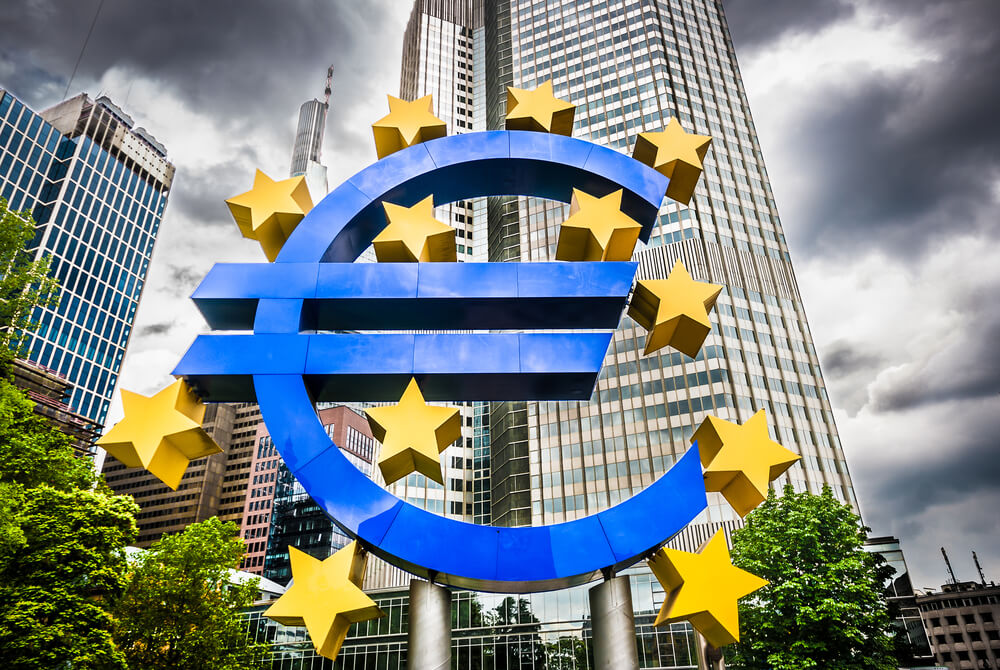European Central Bank policymakers view slower-than-expected growth as a temporary hiccup and believe that the 19-country eurozone’s upswing remains solid amid strengthening wage growth, the group said in a note released Thursday.
The written account of the bank’s July 26 meeting says policymakers thought any dip in output “would be largely temporary.” However, they warned that global trade tensions posed a risk to their outlook.
When meeting, policymakers were armed with the news that growth had eased to a quarterly rate of 0.4 percent in the first quarter, after 0.7 percent at the end of last year. Growth remained at 0.4 percent in the second quarter.
At their meeting last month, ECB policymakers viewed the upswing as “solid and broad-based” with support from “strong consumption fundamentals, notably ongoing employment growth.”
Officials were more confident of achieving their goal of a sustainable inflation rate of just under 2 percent in coming months, since at the time of the meeting it had hit 2.0 percent in June and more workers were winning wage increases. The latest figure from July is 2.1 percent.
Inflation, they said, was supported by “the ongoing strengthening in wage growth.”
The improving inflation backdrop is the main reason why the ECB has said it will end its stimulus program at the end of the year. However, it has said it will keep rates at record lows for longer to support the recovery — its main interest rate remains at zero while the rate on deposits the ECB takes from commercial banks is at an unprecedented minus 0.4 percent.
The negative rate was a penalty aimed at pushing banks to lend excess cash instead of keeping it at the central bank. The bank says it is confident enough that inflation is heading toward its goal that it can end the 2.4 trillion-euro ($2.8 trillion) bond purchase program, which pumped newly created money into the economy to raise weak inflation and slow growth in the wake of the eurozone’s 2010-2012 debt crisis.
The ECB is well behind the U.S. Federal Reserve in withdrawing the emergency stimulus measures deployed in the wake of the global financial crisis a decade ago. The Fed is already raising rates amid strong growth and is letting its bond pile run down as the bonds are paid off, steadily withdrawing monetary stimulus.
Stimulus withdrawal will have wide-ranging effects. The money added to the system during the stimulus by global central banks pushed up the prices of assets such as stocks and real estate, and encouraged companies and governments to borrow, in some cases excessively. Ending the stimulus should reverse those trends and put pressure on both financial markets and countries that have heavy debt loads. That is why the ECB is moving slowly as it heads toward the exit.
© The Associated Press. All rights reserved.




